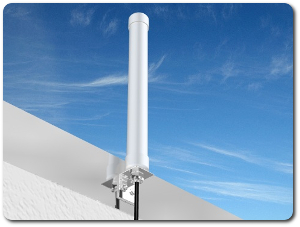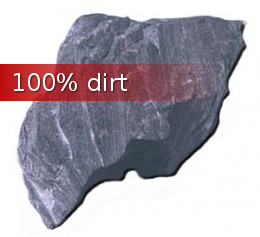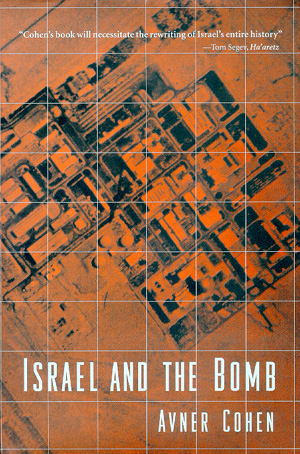Method for reducing CO2 emissions and carbon tax by atomizing liquid fuel
Getting Off Oil Wednesday, October 3rd, 2018Today, all automakers and the oil industry are being coerced into bankrolling the bankrupt Vatican Germany EU by being forced to comply with the EU’s Quantitative Easing (QE) Green Marshall Plan. The EU money making QE plan is not only forcing the World to lower CO2 emissions it is imposing a World-wide royalty fee in the form of a carbon tax owed to the Crown (Pope’s International Corporate entity and trademark). The CO2 tax is owed to the Pope because Climate change is a money making franchise. Pope Francis manufactured the franchise in his ENCYCLICAL LETTER LAUDATO SI’. The Paris Agreement is a legal instrument that formally established the Crown’s brand name (A brand name is a name applied by a manufacturer or organization to a particular product or service.) called “Climate change” as a franchise.
Now that you know what Climate change really means and its sole purpose, what can be done to legally challenge the Vatican Germany EU’s monopoly? Use their coercive remedy against them. How? The Vatican Germany EU’s Climate change franchise will only survive by making money using its internationally imposed penalty called the CO2 tax. The EU’s carbon tax goal is 2 fold:
- provide much needed money to bankroll the bankrupt (legally insolvent) EU and
- put the oil industry and the gas combustion vehicle industry out of business
To survive, the oil industry and gas combustion engine vehicle manufacturers have to show the World that electric cars are not economically feasible. Demonstrate that the World can stick with what they know and trust. The most potent means to achieve this is to beat the Vatican Germany EU at their own game. How? Reduce CO2 emissions. Reducing CO2 emissions will reduce the amount of carbon tax being collected, which is the sole purpose of Paris Agreement Climate change franchise.
There are may ways to reduce CO2 emissions, and one of the most readily achievable methods is to increase the fuel economy of the global automobile fleet. Much of the technology required to reach the desired efficiency already exists and the required new technology should not take long to develop if funding is appropriately applied.
The much guarded secret to higher fuel mileage and lower CO2 taxes is to increase liquid gasoline atomization resulting in a cleaner burn and a combustion that uses less fuel.
It is a well known fact that gas combustion engines either mixes gasoline fuel with air to form a vapor or atomizes gasoline into a vapor. All cars actually run on fuel vapor, a.k.a. “fumes” however they need a full tank of liquid gas to make enough of those fumes. Carburetors mixes fuel with air to form a fuel vapor. Carburetors were used for decades in automobiles to perform this function. Carburetors are still used today as a component of gasoline generators. More recently, fuel injectors are used in all newer model automobiles to atomize gasoline into a fuel vapor.
“All internal combustion engines actually run on vapor, not liquid. The liquid fuels used by gasoline engines are vaporized before they enter the combustion chamber above the pistons.” FEMA (Federal Emergency Management Agency) in FEMA wood gas generator report “Construction of a Simplified Wood Gas Generator for Fueling Internal Combustion Engines in a Petroleum Emergency”, published March 1989
To increase fuel mileage one would need to increase liquid gasoline vaporization or atomization. One method is to increase the gasoline temperature. Gasoline vaporizes at 140 degrees so one would need to come up with a way to generate enough heat to heat gasoline fuel to 140 degrees resulting in a better burn and improved gas mileage. However, heating gasoline could pose a significant danger, cause a fire.
A safer method that can be used to increase fuel mileage is to atomize the gasoline fuel as it flows through the fuel line. Atomizing reduces liquid gasoline into a very fine spray. Perfume bottles and paint spray cans are massed produced to emit the liquids in the perfume bottle or paint spray can as a fine spray. They do this without heating the bottle or spray can. Both uses the atomization method called hydraulic atomization to break down a liquid into more or less fine droplets.
Hydraulic atomization causes a liquid media passing through a nozzle to increase in speed as the cross section diameter becomes smaller. Potential energy becomes kinetic energy (velocity). After the medium passes through the nozzles very small orifice, it develops an aerodynamic wave pattern, which later leads to droplets in different sizes.
Another method that can be used to increase fuel mileage is to regulate the flow or pressure of the liquid gasoline fuel. Mass produced flow control valves already do this – regulates the flow or pressure of a fluid. So do kitchen and bath faucets. Reducing the flow of any liquid reduces the consumption or usage of that liquid. Therefore, reducing the flow of fuel will reduce fuel consumption and increase mileage, distance traveled.
Combination of flow control valve & hydraulic atomization methods were used by PRESS Core editor, Paul W Kincaid, in designing and developing the FuelReducer mpg+. Sold throughout Canada and the US from 2006 to 2010. The FuelReducer mpg+ reduced the flow of gasoline fuel & caused the gasoline passing through it to increase in speed as the cross section diameter becomes smaller. Combining flow control valve & hydraulic atomization methods increased vehicles’ fuel efficiency and mileage by 10-25%.
The newest method to increase fuel mileage, designed by PRESS Core editor Paul W Kincaid, is the in-line fuel atomizer. The in-line fuel atomizer is designed to increase fuel mileage by atomizing the liquid gasoline passing through it. As the fuel pressure increases flow resistance increases which causes the atomization effect to increase.
Short URL: https://presscore.ca/news/?p=11995

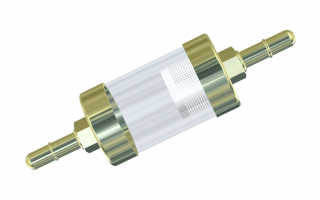
 The Halifax International Security Forum was founded in 2009 as a propaganda program within the German Marshall Fund (founded June 5, 1972 by West German Chancellor Willy Brandt) by the Crown in Canada using Crown Corp ACOA & DND funds. The Halifax International Security Forum is a front that is used to recruit top US, UK and Canadian gov and military officials as double agents for Canada's WWI, WWII enemy and wage new Vatican Germany Cold War.
High Treason: s.46 (1) Every one commits high treason who, in Canada (c) assists an enemy at war with Canada, ..., whether or not a state of war exists". Every one who, in Canada assists Canada's enemies wage "piecemeal WWIII" Cold War by organizing, funding and participating in the Germany government politically and militarily benefitting / lead Halifax International Security Forum is committing high treason.
The Halifax International Security Forum was founded in 2009 as a propaganda program within the German Marshall Fund (founded June 5, 1972 by West German Chancellor Willy Brandt) by the Crown in Canada using Crown Corp ACOA & DND funds. The Halifax International Security Forum is a front that is used to recruit top US, UK and Canadian gov and military officials as double agents for Canada's WWI, WWII enemy and wage new Vatican Germany Cold War.
High Treason: s.46 (1) Every one commits high treason who, in Canada (c) assists an enemy at war with Canada, ..., whether or not a state of war exists". Every one who, in Canada assists Canada's enemies wage "piecemeal WWIII" Cold War by organizing, funding and participating in the Germany government politically and militarily benefitting / lead Halifax International Security Forum is committing high treason.
 Please take a moment to sign a petition to
Please take a moment to sign a petition to 











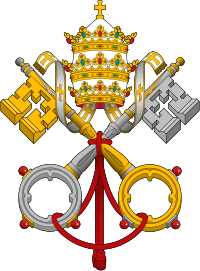
















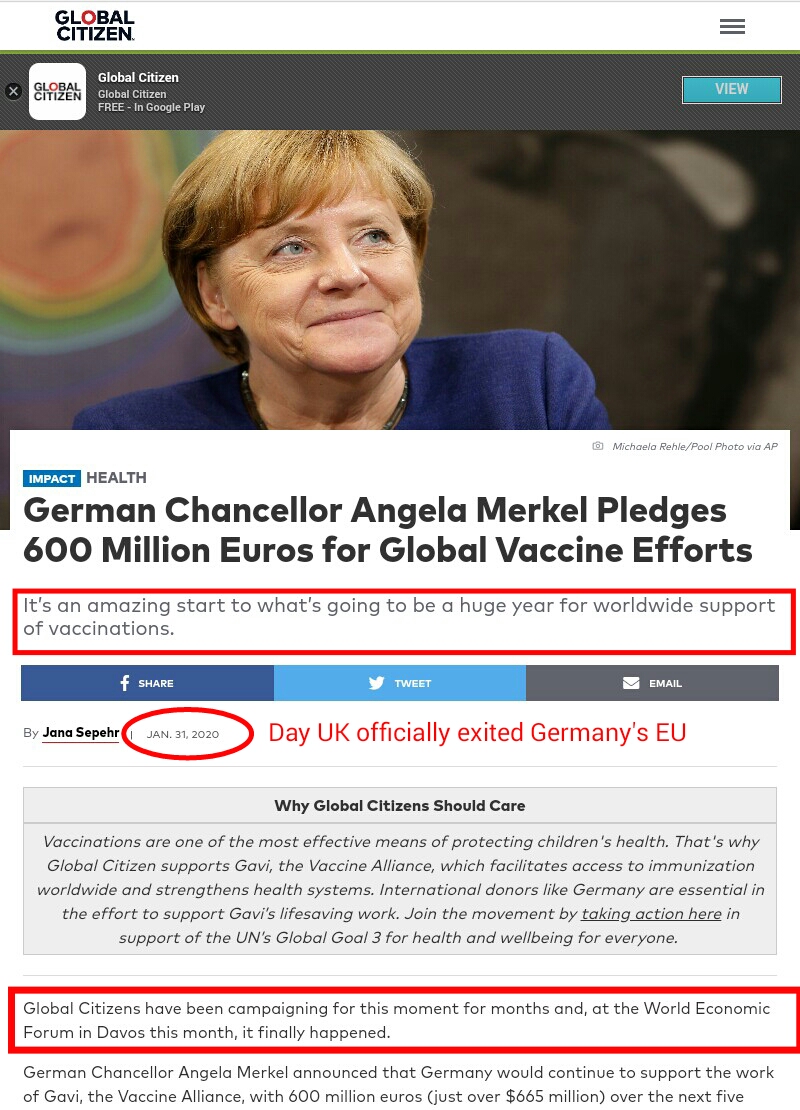





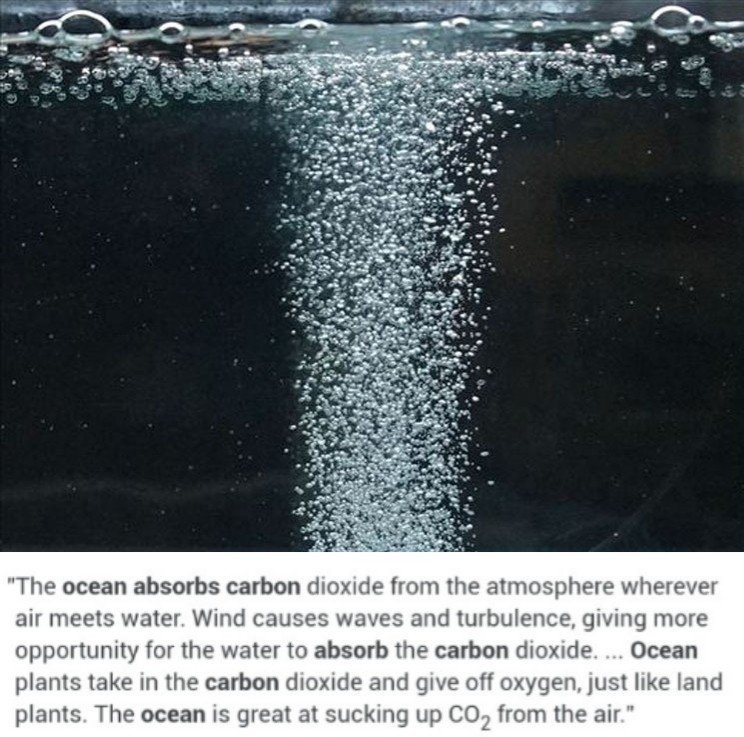





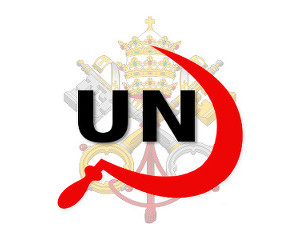
 1917 Code of Canon Law, Canon 185 invalidates (voids) all papacies since October 26, 1958 due to the fact Cardinal Giuseppe Siri was elected Pope on the Third ballot on Oct 26 1958 but the new Pope Gregory XVII was illegally prevented from assuming the office. A Pope was elected on October 26, 1958. Thousands of people witnessed a new Pope being elected by seeing white smoke and millions were informed by Vatican radio broadcasts beginning at 6:00 PM Rome time on October 26, 1958. The papacy of Francis, Benedict, John Paul II, John Paul I, Paul VI, John XXIII and any and all of their respective doctrines, bulls, letter patents and the Second Vatican Council are all invalidated (having no force, binding power, or validity) by Canon 185 because the 1958 conclave of cardinals elected Cardinal Giuseppe Siri Pope on Oct 26 1958. Cardinal Giuseppe Siri accepted the papacy by taking the name Pope Gregory XVII but was illegally prevented from assuming his elected office.. According to Canon 185 Cardinal Angelo Giuseppe Roncalli illegally assumed the papacy 2 days later by fraud and grave fear, unjustly inflicted against Cardinal Giuseppe Siri who was lawfully elected Pope Gregory XVII. Because no Pope has been lawfully elected since October 26, 1958 the Holy See (la Santa Sede/Seat) remains vacant.
1917 Code of Canon Law, Canon 185 invalidates (voids) all papacies since October 26, 1958 due to the fact Cardinal Giuseppe Siri was elected Pope on the Third ballot on Oct 26 1958 but the new Pope Gregory XVII was illegally prevented from assuming the office. A Pope was elected on October 26, 1958. Thousands of people witnessed a new Pope being elected by seeing white smoke and millions were informed by Vatican radio broadcasts beginning at 6:00 PM Rome time on October 26, 1958. The papacy of Francis, Benedict, John Paul II, John Paul I, Paul VI, John XXIII and any and all of their respective doctrines, bulls, letter patents and the Second Vatican Council are all invalidated (having no force, binding power, or validity) by Canon 185 because the 1958 conclave of cardinals elected Cardinal Giuseppe Siri Pope on Oct 26 1958. Cardinal Giuseppe Siri accepted the papacy by taking the name Pope Gregory XVII but was illegally prevented from assuming his elected office.. According to Canon 185 Cardinal Angelo Giuseppe Roncalli illegally assumed the papacy 2 days later by fraud and grave fear, unjustly inflicted against Cardinal Giuseppe Siri who was lawfully elected Pope Gregory XVII. Because no Pope has been lawfully elected since October 26, 1958 the Holy See (la Santa Sede/Seat) remains vacant.
 Hold the Crown (alias for temporal authority of the reigning Pope), the Crown appointed Governor General of Canada David Lloyd Johnston, the Crown's Prime Minister (servant) Stephen Joseph Harper, the Crown's Minister of Justice and Attorney General Peter Gordon MacKay and the Crown's traitorous military RCMP force, accountable for their crimes of treason and high treason against Canada and acts preparatory thereto. The indictment charges that they, on and thereafter the 22nd day of October in the year 2014, at Parliament in the City of Ottawa in the Region of Ontario did, use force and violence, via the staged false flag Exercise Determined Dragon 14, for the purpose of overthrowing and besieging the government of Canada contrary to Section 46 of the Criminal Code. In a society governed by the rule of law, the government and its officials and agents are subject to and held accountable under the law. Sign the online
Hold the Crown (alias for temporal authority of the reigning Pope), the Crown appointed Governor General of Canada David Lloyd Johnston, the Crown's Prime Minister (servant) Stephen Joseph Harper, the Crown's Minister of Justice and Attorney General Peter Gordon MacKay and the Crown's traitorous military RCMP force, accountable for their crimes of treason and high treason against Canada and acts preparatory thereto. The indictment charges that they, on and thereafter the 22nd day of October in the year 2014, at Parliament in the City of Ottawa in the Region of Ontario did, use force and violence, via the staged false flag Exercise Determined Dragon 14, for the purpose of overthrowing and besieging the government of Canada contrary to Section 46 of the Criminal Code. In a society governed by the rule of law, the government and its officials and agents are subject to and held accountable under the law. Sign the online  Two of the most obvious signs of a dictatorship in Canada is traitorous Stephen Harper flying around in a "military aircraft" and using Canadian Special Forces "military" personnel from JTF2 and personnel from the Crown's traitorous martial law "military" RCMP force as his personal bodyguards.
Two of the most obvious signs of a dictatorship in Canada is traitorous Stephen Harper flying around in a "military aircraft" and using Canadian Special Forces "military" personnel from JTF2 and personnel from the Crown's traitorous martial law "military" RCMP force as his personal bodyguards.
















